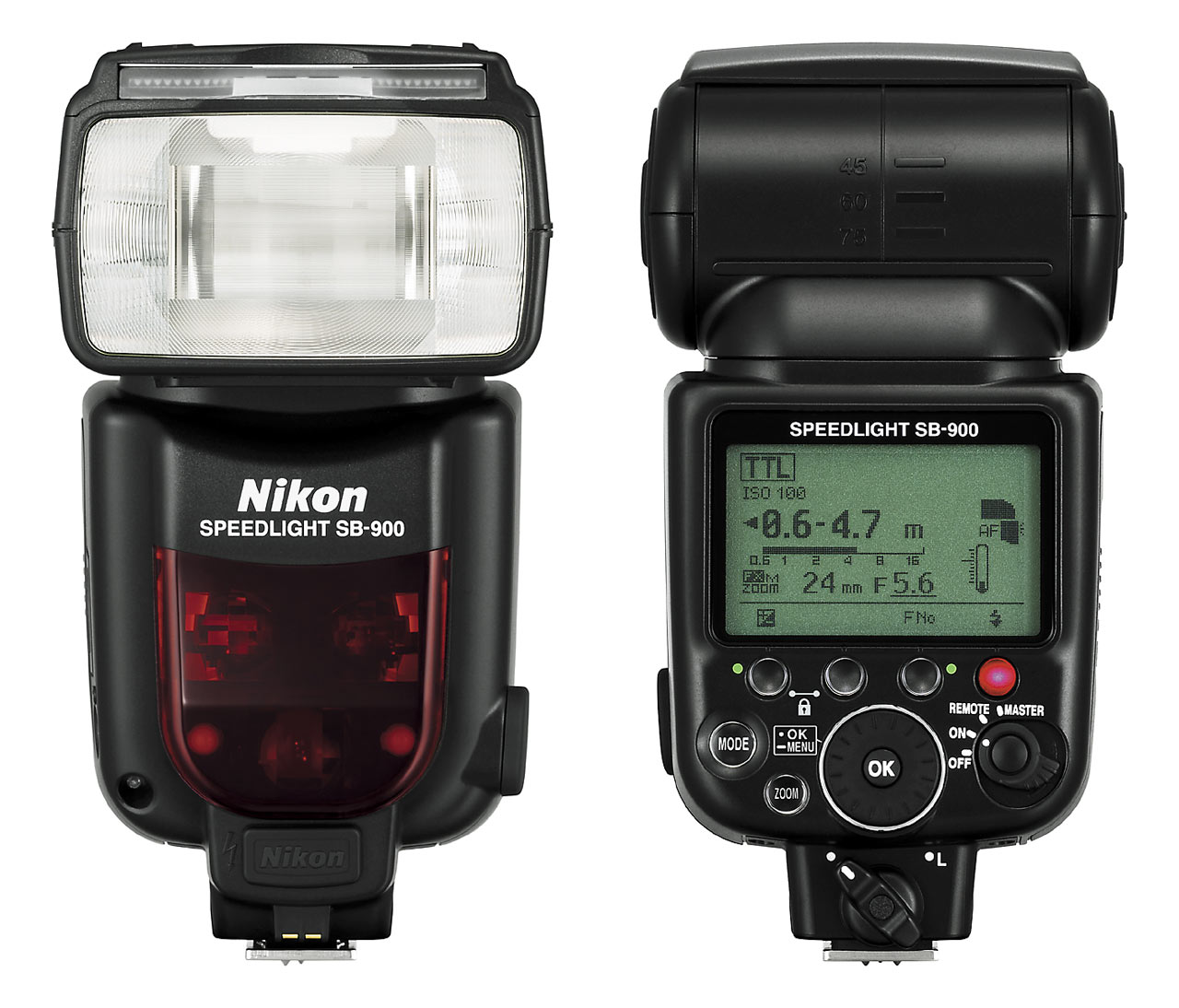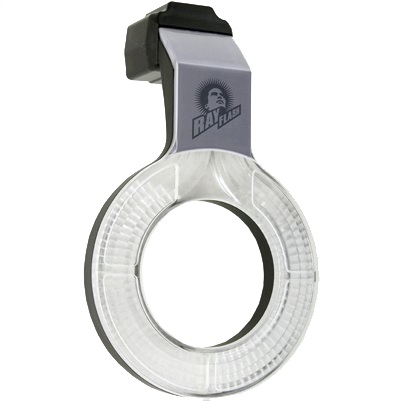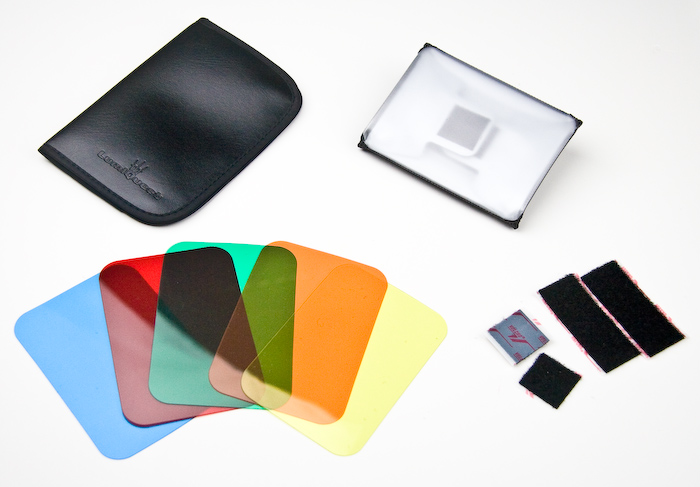So you’re ready to purchase a flash for your DSLR. Not sure what to get? or have a few ideas in mind, but are still a little unclear? Well ,we will discuss some great flashes from low budget to some of the best flashes on the market.
Before you make your purchase, you need to have a few things in mind. What are you going to be shooting, how are you going to use the flash, (shooting on camera or off camera with wireless triggers and receives, or tethering with cables), how many flashes are you going to need, which flashes are compatible with my DSLR, and what to look for when purchasing a flash or multi flash set up. Most importantly, how much power do you need from your flash? Having the answers to these questions will make purchasing your flash that much easier. Running a single flash on camera will be a lot less cheaper than running a multi flash set up with wireless triggers and receivers.
how many flashes are you going to need, which flashes are compatible with my DSLR, and what to look for when purchasing a flash or multi flash set up. Most importantly, how much power do you need from your flash? Having the answers to these questions will make purchasing your flash that much easier. Running a single flash on camera will be a lot less cheaper than running a multi flash set up with wireless triggers and receivers.
Setting up a multi flash system requires more than just the flashes and triggers/receivers. You need to purchase light stands to hold the flashes. At the very least some sort of device/bracket that can hold the flash. You need to purchase brackets for the flashes to be adapted to the stands. Then you can start thinking about accessories such as umbrellas to either diffuse or bounce the flash. Umbrellas  can function like a soft boxes when you use a white umbrella to diffuse the flash. There are multiple advantages that make using a multi flash system very practical. Having a multi flash system allows you the freedom to take your creative lighting set up just about any where and work remotely. It is a great set up for location shoots. The next advantage to a multi flash system is there is no need for the very expensive power packs. You can power your flashes with rechargeable batteries. This eliminates the need to purchase power packs. As most power packs can be very expensive. Some speed lights however can use mini power packs. Canon speed lights have a great little power pack that can allow the batteries and camera the freedom to operate longer using the batteries and the power supply together. This saves on battery usage allowing you to shoot that much longer without changing batteries out.
can function like a soft boxes when you use a white umbrella to diffuse the flash. There are multiple advantages that make using a multi flash system very practical. Having a multi flash system allows you the freedom to take your creative lighting set up just about any where and work remotely. It is a great set up for location shoots. The next advantage to a multi flash system is there is no need for the very expensive power packs. You can power your flashes with rechargeable batteries. This eliminates the need to purchase power packs. As most power packs can be very expensive. Some speed lights however can use mini power packs. Canon speed lights have a great little power pack that can allow the batteries and camera the freedom to operate longer using the batteries and the power supply together. This saves on battery usage allowing you to shoot that much longer without changing batteries out.
Here is a list of key features to think about when setting up your flash system/s.
-Recycle Time: Flashes do not recycle as fast as studio strobes do. However, having a fast recycle time is very important to your flash.
-Flexibility: A flash with a movable, tilting, rotating head is extremely important in controlling the direction of your light. There will be certain instances where bouncing your flash off the ceiling or a wall next to you will arise. Most flashes also have a zoom feature that works in conjunction with your lens, allowing the flash to change the distance and size of the beam coming from the flash.
-Bracket-ability: Get yourself a bracket that allows you to move the flash off your hot shoe. This is a very popular and common way of placing your flash on your camera.
-Multi-Flash Capability: This is pretty straight forward. Using a speed light as a commander, or by having a trigger that is connected to a few receivers will allow you to set up multiple flashes. This can yield professional results and take your boring, mundane, average looking snap shot into a professional portrait. Check out the Strobist for some awesome ideas, concepts, and uses on Multi Flash Systems.
-Power: The amount of power a flash out puts can be found in the guide number that each flash is set to. The higher the guide number, the more power the flash puts out. What is the guide number besides a number indicating power? Well a guide number indicates the greatest flash to subject distance. Here is a more comprehensive and mathematical approach to using the guide number. Keep in mind, the more power, the better the flash…
Now, the next big subject we need to cover is exactly which flash is best for you, your shoots, your needs, and very importantly, your budget. Flashes can vary in price drastically based on their functions. Nikon, most notably has a creative lighting set up. If your budget allows you to, then this is a great way to go. Their Nikon SB 900 is widely po pular and highly reviewed flash. The SB 900 sits at the top of their list of flashes. It has an impressive list of features. The street price is around $470.00 This makes running a creative lighting system a much more pricier system. For a full list of Nikon products you can view the Nikon website. Speed lights, like I mentioned above allow you the flexibility to set up great location shoots without worrying about battery packs. Plus they are a light weight small flash that yields pro results.
pular and highly reviewed flash. The SB 900 sits at the top of their list of flashes. It has an impressive list of features. The street price is around $470.00 This makes running a creative lighting system a much more pricier system. For a full list of Nikon products you can view the Nikon website. Speed lights, like I mentioned above allow you the flexibility to set up great location shoots without worrying about battery packs. Plus they are a light weight small flash that yields pro results.
In contrast to Nikon’s wonderful list of Speed lights, Canon also has an impressive set of speed lights. Their speed lights are not as flexible as creative lighting system like the Nikon set up. However, this is easily fixable by creating your own system by running wireless triggers and receivers. I have used both Speed lights (Nikon and Canon) and have found that the Canon speed lights function wonderfully.  The 580 EX II is a great flash. I have used it numerous times in shoots and found that it does a fantastic job and compares to all the Nikon speed lights, if not slightly surpasses the SB 900. This set up Canon and Quantum Turbo Pack is what we we have been using for location shoots. The added battery pack does an outstanding job. This system is comparable to the Quantum Instruments set up. This is a very pricy set up that is very popular. I have not yet used a Quantum system. But from what I have heard, read, and seen, it is a worth while investment in portability and versatility.
The 580 EX II is a great flash. I have used it numerous times in shoots and found that it does a fantastic job and compares to all the Nikon speed lights, if not slightly surpasses the SB 900. This set up Canon and Quantum Turbo Pack is what we we have been using for location shoots. The added battery pack does an outstanding job. This system is comparable to the Quantum Instruments set up. This is a very pricy set up that is very popular. I have not yet used a Quantum system. But from what I have heard, read, and seen, it is a worth while investment in portability and versatility.

Aside from the industry leading flashes that I have discussed so far, there is an entire list of flashes that are equally as good. Lesser companies have been pumping out speed lights/flashes that offer the same features and can produce the same results for a lesser price. Olympus, Pentax, Sony, Vivitar, Sigma, Sunpak and Metz all have great flashes that perform just as well as the higher priced industry leaders if not better. The current market and industry trends have left the smaller companies trying to compete really agressivly by marketing flashes that produce the same results as their higher priced big brothers (i.e Nikon and Canon)
Now before we go any further and get into all the cool toys for that are out for flashes, lets talk about that old flash that is kick around your equipment. You know, that old flash meant for SLR’s not DSLR’s. Did you know a piece of equipment exists that allows you to use your older slr flashes with your DSLR? Yes, its true. The company Wein produces a fantastic little device called a Hot Shoe Safe Sync. B&H Photo and Video has them listed at great prices. This little device allows you to connect your old flash safely to your DSLR with out worries of the volts damage or frying your camera or vice versa with the flash.
SLR’s not DSLR’s. Did you know a piece of equipment exists that allows you to use your older slr flashes with your DSLR? Yes, its true. The company Wein produces a fantastic little device called a Hot Shoe Safe Sync. B&H Photo and Video has them listed at great prices. This little device allows you to connect your old flash safely to your DSLR with out worries of the volts damage or frying your camera or vice versa with the flash.
Ok, so now you’re starting to get excited about getting that flash and or multi flash system. Maybe you already have a few flashes kicking around and you just need some new devices, toys, accessories, products to increase the dynamics of your shoots. There are quite a few products out there that allow you to get as creative as you possibly can and produce some visually dynamic and appealing photographs that will allow you to stand out.
The first product I am going to start out with is the most current product that I am seeing used more and more frequently. The Ring Flash  This is a popular device that works using the flash while it surrounds the lens. It omits light in a circular patter at the very front of the lens. It produces a nice even shape of light that evenly fills the subject. This is a very budget friendly way of having a beauty dish. Ray Flash
This is a popular device that works using the flash while it surrounds the lens. It omits light in a circular patter at the very front of the lens. It produces a nice even shape of light that evenly fills the subject. This is a very budget friendly way of having a beauty dish. Ray Flash
Beauty dishes are also a very popular piece of equipment that is being used by professionals all over. Beauty dishes like ring flashes evenly disperse the light that is illuminating the subject.

Honlphoto is another leading company that makes accessories and modifiers for your flashes. They have a wide variety of devices that mount up to your flash. From honey comb grids to snoots, they have products that will allow you to bounce, diffuse, and position light according to your desires.

Interfit is another great company that has quite the collection of useful light modifiers. They have an impressive collection of honey comb grids, including a gridded snoot. Interfit also has two strobe kits available.
The more popular items that maybe familiar by Interfit are their Strobies.

The next biggest company that I have been watching for a little while is Lumiquest. Lumiquest has a number of diffusers, bounce cards, light modifiers and color gels. Yes, that is right colored gels for flashes! or speed lights, which ever you have. Lumiquest even has a link on their site that explains how light modifiers work. A great visual tutorial that explains the use of their products as well as how to bounce your flash.


Below is a list of companies that make wireless triggers and receivers.
The products and companies that have been featured in this article all exist to give you the freedom to create, control, and modify your light source. The creativity to do so is up to you. If you feel that maybe a flash system is not what you are looking to work with or you have a higher budget. Then maybe the perfect option for you to go with would be studio strobes.
If you are science nut, or a real techie, then you should check out the Inverse-square law.

2 comments:
This is interesting. There is a lot of information here that will be useful for me in learning how to use my flash. Thanks for the info!
You are most welcome. I have seen plenty of articles that talk about bits and piece of information pertaining to the subject of flashes. I wanted/want to provide as much on the subject as possible. If you have any questions, please feel free to ask. Or if you have any recommendations or suggestions please forward them to me. Thank you!
Post a Comment